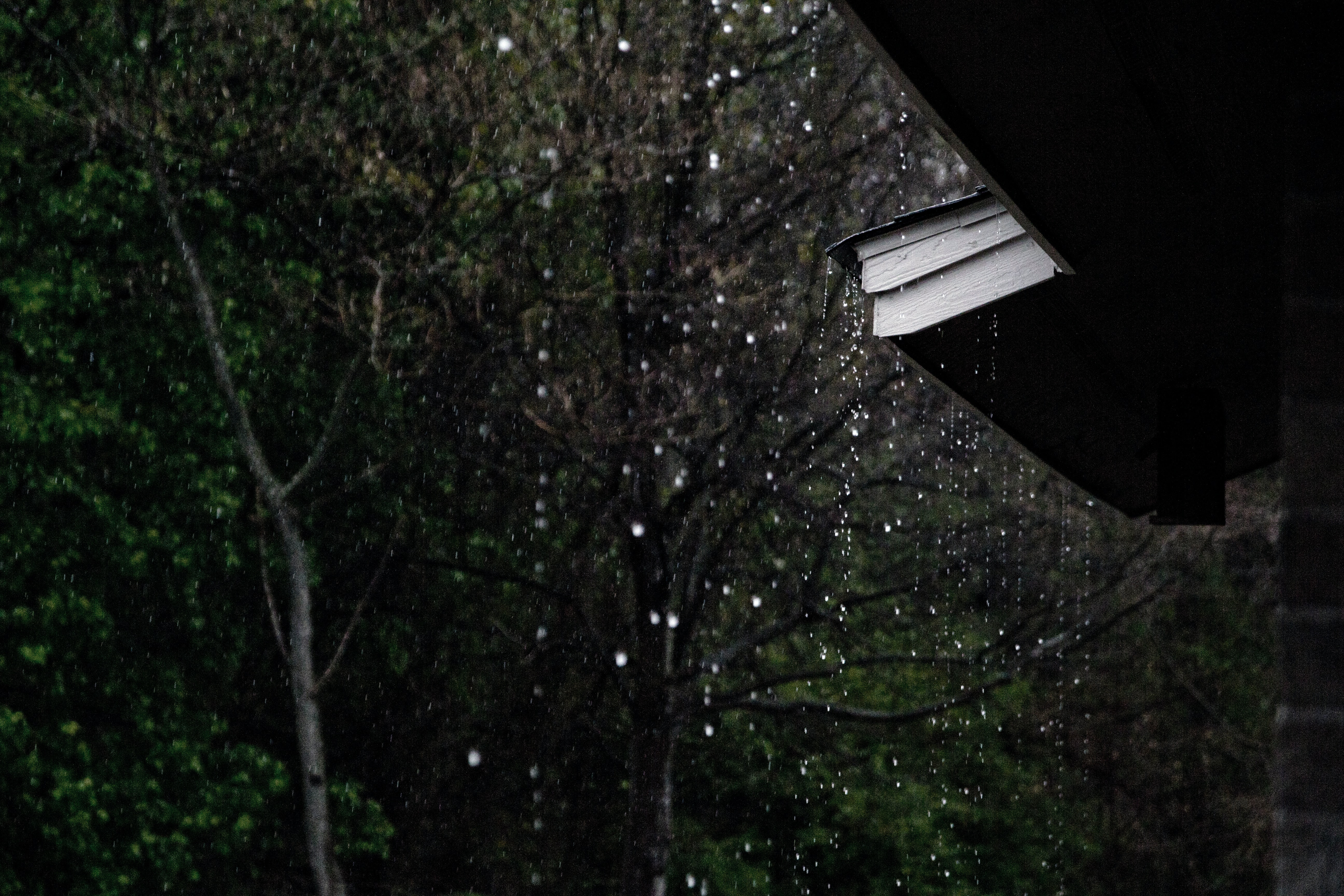
Picture this: a serene evening at home turns into a scene straight out of a horror movie when a massive oak crashes onto your roof. This is the reality of storm damage. A daunting, often unexpected challenge for any homeowner.
When storms hit, we envision a few fallen branches. However, missing shingles or roof leaks are not what most homeowners expect after a storm. We get it.
Our family at RoofCrafters has encountered every type of storm damage imaginable. With three decades of experience, we've seen a lot of damage. From the visible to the subtle, we've seen how storms can impact each home quite differently too.
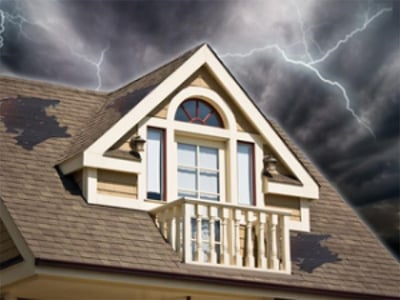
So, what exactly does storm damage on a roof look like?
If you suspect damage to your roof, it's helpful to recognize the common signs and understand the steps to address them. In this article, we'll guide you through identifying typical storm damage indicators. We'll also discuss how to navigate the repair process. Ready to become a storm damage expert? Let's dive in.
Recognizing the Various Forms of Roof Storm Damage
There are a few different forms that storm damage can take depending on the weather conditions, all of which can be frustrating nonetheless. The good news is that roof storm damage is typically covered by homeowner’s insurance. That being said, let’s begin with hail.
Identifying Hail Damage on Your Roof
If you have ever experienced a hail storm, you know how destructive it can be. When hailstones strike your home, they can cause tremendous amounts of destruction to your siding, windows, and roof.
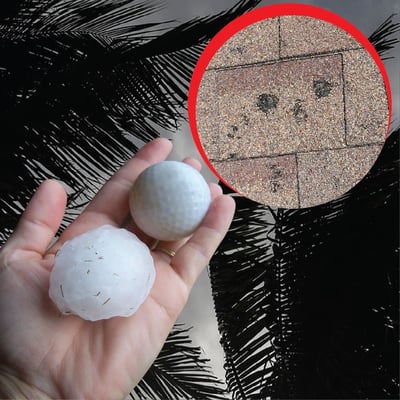
Signs of a roof damaged during a hail storm include:
- Divots and dents on shingles
- Dings on the metal flashing and gutters
- Broken shingles
- A large number of broken granules in the gutters
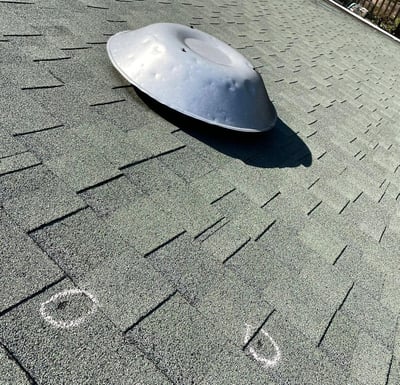
Hail damage will lead to water damage and this is why your homeowner's insurance covers the roof damage caused by the hail storm. If you suspect hail damage, contact your local roofer right away. Be proactive and relocate your valuable things to avoid any water damage in the case of a leak.
Signs of Wind Damage on Your Roof
Wind damage can expose your roof to more potential problems. Wind damage can be subtle and overlooked. It can leave your roof vulnerable to further issues. It can be tricky. It is not immediately clear to the untrained eye, unlike more dramatic storm impacts.
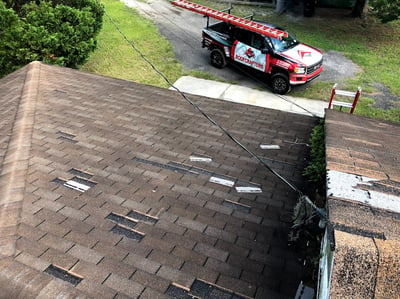
Common signs of damage caused by wind include:
- Curled or Broken Shingles: Look for shingles that appear out of place, distorted, or physically damaged.
- Missing Shingles: Gaps in your roof's shingle pattern show that wind has torn them away.
- Horizontal Lines on Shingles: These lines can signify that shingles have been lifted and bent by the wind, compromising their effectiveness.
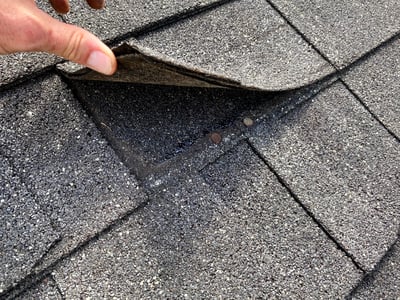
Wind damage is elusive. It's wise to have a professional roofer inspect after any significant wind event. They can assess the extent of the damage and recommend appropriate repair solutions. Early detection and repair are key to preventing more serious roofing issues.
Evaluating Tree Damage to Roofs from Storms
Storm damage can occur from a tree falling onto your home. This is one of the most severe cases of storm damage, and you and your family must evacuate your home immediately. Less severe and slightly less terrifying than the whole tree falling on your roof is a tree limb. Depending on the size and the severity of your damage, it may be unsafe to remain in your home.
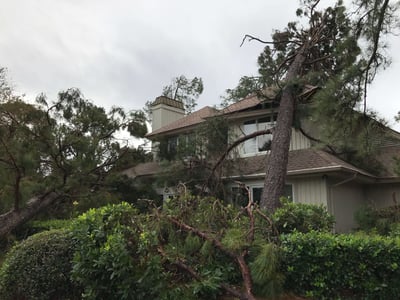
In both cases, it’s best to vacate your home and allow a professional roofer to assess the damages. Tree limbs can add extra weight to the roof and building’s structure, making it more likely to leak and even collapse in extreme situations.
Understanding the Impact of Rain Damage on Roofs
Rain damage is extremely common and can cause a lot of property destruction. The most common consequence of rain damage is leaking roofs. Which if not taken care of promptly can significantly drive up the overall repair cost. Usually, rainstorms are accompanied by strong winds, which can wreak havoc on the roof.
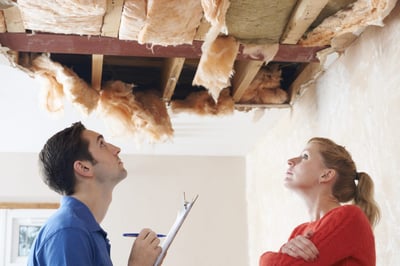
Some indications of rain damage are:
- Broken or missing shingles
- Mud-colored puddles on the ceiling
- Peeled or discolored paint
- Bubbles of water in the ceiling
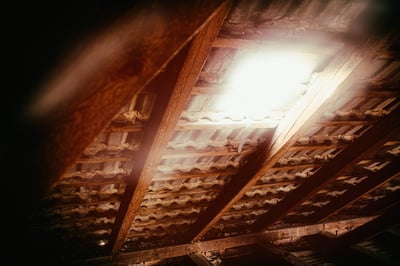
Other commonly associated signs include water dripping from the roof for you to gather in a bucket; however, most leaks go unnoticed. In some cases, you might face intermittent leaks during storms. Although this isn’t a sign of storm damage, it does indicate an improperly installed or failing roof. Always choose a great contractor to install your roof because insurance doesn’t cover damages caused by improper roof installations.
Essential Tips for Managing Storm-Damaged Roofs
Although stumbling upon a storm-damaged area of your roof is usually something not worth sweating over, if you happen to have a natural disaster occur in your area, it’s incredibly important to remain safe and be a diligent homeowner.
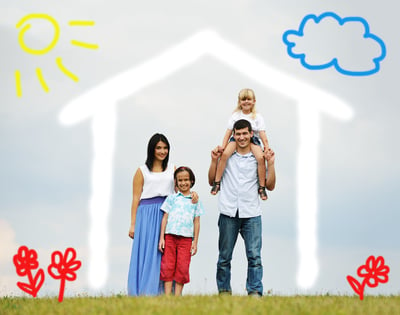
Here are some tips to follow in the event of emergency-level damage:
Ensure the safety of your loved ones. If the structural foundation of your property has been weakened, stay outdoors till help arrives. This is because the roof or walls may crumble and collapse.
Check pipes and water lines for damage. Close all valves and faucets in your kitchen and bathroom if needed. Avoid using the water if you suspect the waterline has been damaged and become infiltrated with greywater. Broken and damaged objects such as glass shards and exposed nails can be hazardous. Wear proper shoes while going outside to inspect.
Avoid water bodies. This may be your flooded basement or even the water that has accumulated outside. Greywater can be full of bacteria and water-borne diseases. That’s not all, a downed powerline may make the water body even more unsafe to go near, so make it a point to stay away and re-locate your children to a safe spot immediately.
Open all windows and doors. If you suspect a gas leak, open your home and get in touch with the relevant authorities right away.
Related article: Should You Repair or Replace Your Roof?
Effective Solutions for Repairing Your Storm-Damaged Roof
You're now equipped with the knowledge to identify different types of storm damage on your roof. The next crucial step? Addressing the damage effectively. Begin by reaching out to a reputable roofing company to schedule a professional inspection. This is a key move to assess the extent of the damage and to understand the necessary repairs.
A skilled contractor will check your roof, pinpointing all areas affected by the storm. They will then provide you with the next steps. With expert hands at work, you can rest assured that your storm-damaged roof will be restored. Hopefully, your new roof will safeguard your home against future weather challenges.
Remember, prompt action is vital in minimizing further damage and costs. So, don’t delay in addressing any storm damage you’ve discovered. If you need further guidance or are ready to start the repair process. RoofCrafters is here to help. Reach out to us for top-notch service and expertise in storm damage repair. Let's bring your roof back to its best state, together!
At RoofCrafters, our mission is to provide job opportunities for others to thrive and grow while making a meaningful impact within our communities.




